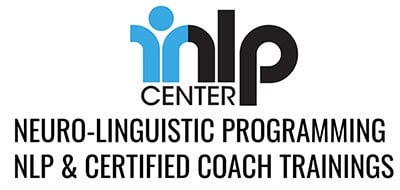What I learned from studying NLP Anchored States in the NLP Practitioner Training at the iNLP Center:
Our daily lives are filled with triggers that cause automatic responses, whether it be a physiological, emotional state, or behavior. These are called anchors, or conditioned responses.Understanding how to use NLP anchored states can make a big difference in your life.
If someone you know waves at you, chances are, you’re going to wave back. Another example might be a smile. People say that smiles are contagious, because if someone smiles at you, you’re likely going to smile back.
The iNLP Training says, “Often we create anchors involuntarily. For example, if you think of your favorite teacher’s name from school, or the smell of a certain food or perhaps a photo from a vacation or a song you heard, you may find that a host of emotions return immediately. NLP anchored states can empower or disempower, motivate or demotivate.”
There are a lot of negative anchors that people wish to absolve from their lives. For many, this involves a common situation that causes them emotional discomfort, such as being scared of the dark. What they don’t realize is that it is possible to program your conditioned responses to be positive, rather than negative.
I have integrated NLP anchored states into my personal life. When I play with my eight month old daughter and she gets excited, I clap. Then once her excitement has gone and she is calm again, I clap. This brings back her excitement, because she associates my clapping with excitement.
The same applies when I am doing the “bedtime routine”, and getting her ready to go down for the night. After her bath, we do things that are calming, and speak in quieter voices. We turn off the tv and cuddle up for a few minutes, to let her know that it is time to go to sleep. Reading a book, telling a story, or singing a song is always a good way to set the tone. This is a way of anchoring her to feel calm, and tired.
One of the amazing uses of anchors is that it can be applied to dealing with small triggers in individuals dealing with addiction. A major component of addiction are triggers that make someone want to use whatever it is that they’re addicted to. So, if someone has control over the chemical dependency aspect of addiction, but is still dealing with small triggers, this technique may just be a life-saver.( It’s important to note that this technique won’t help when treating addiction itself, but just the small triggers.)
Learn more about our World’s Leading Online NLP Certification Training which is accredited by the International NLP Association.




